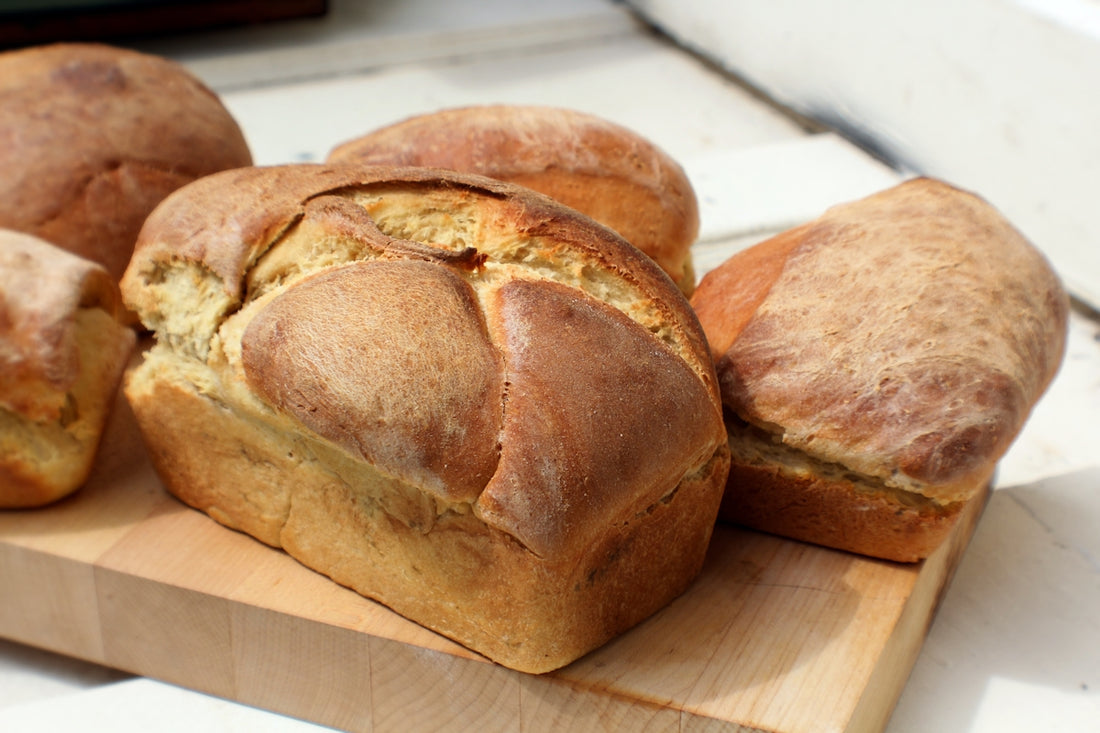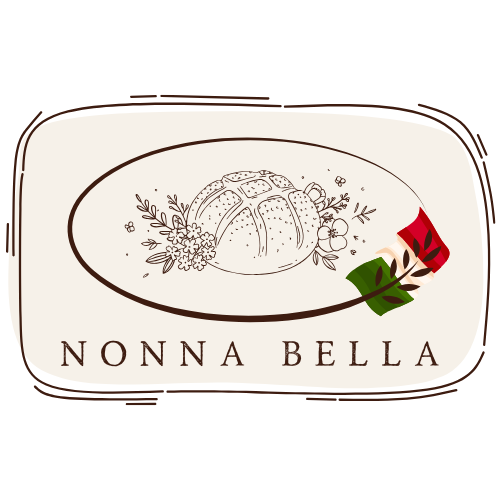
Beginner's Guide to Sourdough vs Regular Bread: What to Know
Baking at home has seen a resurgence in popularity in recent years, with sourdough bread taking center stage. Whether you're enchanted by its rustic crust, complex flavors, or are simply curious about the current baking trend, understanding the differences between sourdough and regular bread is essential for any novice baker. In this guide, we'll delve into the intriguing world of sourdough, exploring everything from sourdough starters to troubleshooting common baking challenges.
What is Sourdough?
Sourdough is not just any bread. It's a masterpiece that has been crafted through the art of wild yeast fermentation. Unlike regular bread, which often utilizes commercial yeast for a quick and reliable rise, sourdough relies on a sourdough starter—a mixture of flour and water that captures wild yeast and beneficial bacteria from the environment. This natural process not only gives sourdough its distinctive tangy flavor but also imbues it with several health benefits.
The Benefits of Sourdough Fermentation
Burrow into the world of sourdough fermentation, and you'll find a multitude of benefits. The slow fermentation process helps in breaking down gluten, making sourdough more digestible than regular bread. It's also been noted that sourdough has a lower glycemic index, making it a potentially more suitable option for diabetics. The presence of lactobacilli, a type of bacteria involved in fermentation, improves the bioavailability of nutrients found in the bread.
Sourdough Starter vs Commercial Yeast
A sourdough starter is a living entity that requires care and attention. Think of it as a forever pet that you'll feed and nurture to maintain an active and healthy culture. A sourdough starter feeding schedule typically involves discarding half of the starter and replenishing it with equal parts of flour and water.
In contrast, commercial yeast is a more consistent and convenient option for bakers who desire a fast rise. However, the convenience of commercial yeast comes at the cost of flavor and nutritional benefits inherent in sourdough bread.
How to Feed and Maintain Your Sourdough Starter
How to feed sourdough starter: Simply mix equal parts of flour and water into your starter and allow it to sit at room temperature for a few hours. This daily routine fosters a thriving colony of yeast and bacteria, guaranteeing a successful bake.
How to store sourdough starter: If you're not baking often, store your starter in the refrigerator and feed it weekly. For avid bakers, maintaining it at room temperature can speed up the baking process.
Making Artisan Bread at Home
Equipment Essentials
Creating homemade sourdough calls for specific tools to manage and finesse your dough. Consider investing in a Nonna Bella 2 in 1 Seasoned Cast Iron Double Dutch Oven Combo Cooker which allows for consistent heat distribution and gives your loaf that sought-after crispy crust.
For perfecting your scoring skills, you might opt for the Wooden Handle Bread Lame. This tool equips you to vent the dough properly, ensuring beautiful artisanal bread patterns.
Sourdough Bread Recipe Basics
The recipe for an easy sourdough bread starts simple: flour, water, salt, and your treasured sourdough starter. Mix these ingredients, then let time and fermentation work their magic. Successful fermentation highlights the wild yeast at play, creating that beloved tangy flavor.
Sourdough Baking Tips
To improve your sourdough baking prowess, focus on mastering essential aspects: how to shape sourdough bread, best sourdough scoring techniques, and how to get a crispy sourdough crust.
Shaping sourdough involves gently folding and shaping the dough into a round or oval. Scoring should be done right before placing your bread in the oven, allowing steam to escape and the loaf to expand. For a crispy crust, bake in a preheated oven using your Dutch oven, which steams the dough as it bakes.
Sourdough Bread Troubleshooting
If you encounter dense bread, it's often an indication of under-proofing. Consider extending the fermentation time or baking in a warmer environment. Should your sourdough refuse to rise, evaluate the health and activity level of your starter.
Exploring Beyond Traditional Loaves
Sourdough isn’t limited to just bread. Experiment with sourdough discard recipes, sourdough pizza dough, or even sourdough bagels. For pizza enthusiasts, Nonna Bella's Bamboo Pizza Board and Nonna’s Pizza Dough Docker can significantly enhance the pizza-making process, allowing for even shaping and a pie that’s loaded with character and flavor.
My Sourdough Life: Sharing the Journey
As you dive into the world of sourdough, you’ll find it’s more than just baking. It’s an exploration of flavors, textures, and techniques - a lifelong learning journey. "My Sourdough Life" becomes a diary of trials and triumphs in the kitchen, where each successful loaf brings joy and each failure is just a lesson in the making.
Organic and Legacy Starters
Veteran bakers often ponder, "Is sourdough starter with a long legacy better?" The charm of an organic sourdough starter that has been nurtured and passed down through generations is steeped in tradition. These starters carry legacy flavors and robust fermentation cultures, yet a freshly cultivated starter can produce equally outstanding breads.
Conclusion
Embarking on the sourdough journey can be intimidating but is inherently rewarding. With patience and practice, sourdough mastery is within reach, allowing you to appreciate the depth of this ancient culinary tradition.
To explore more about sourdough products, tools, and recipes, visit Italian Sourdough.
